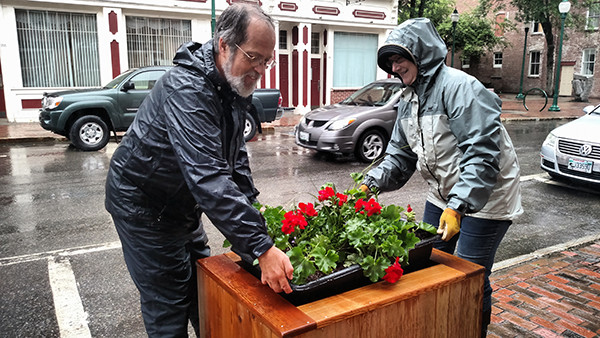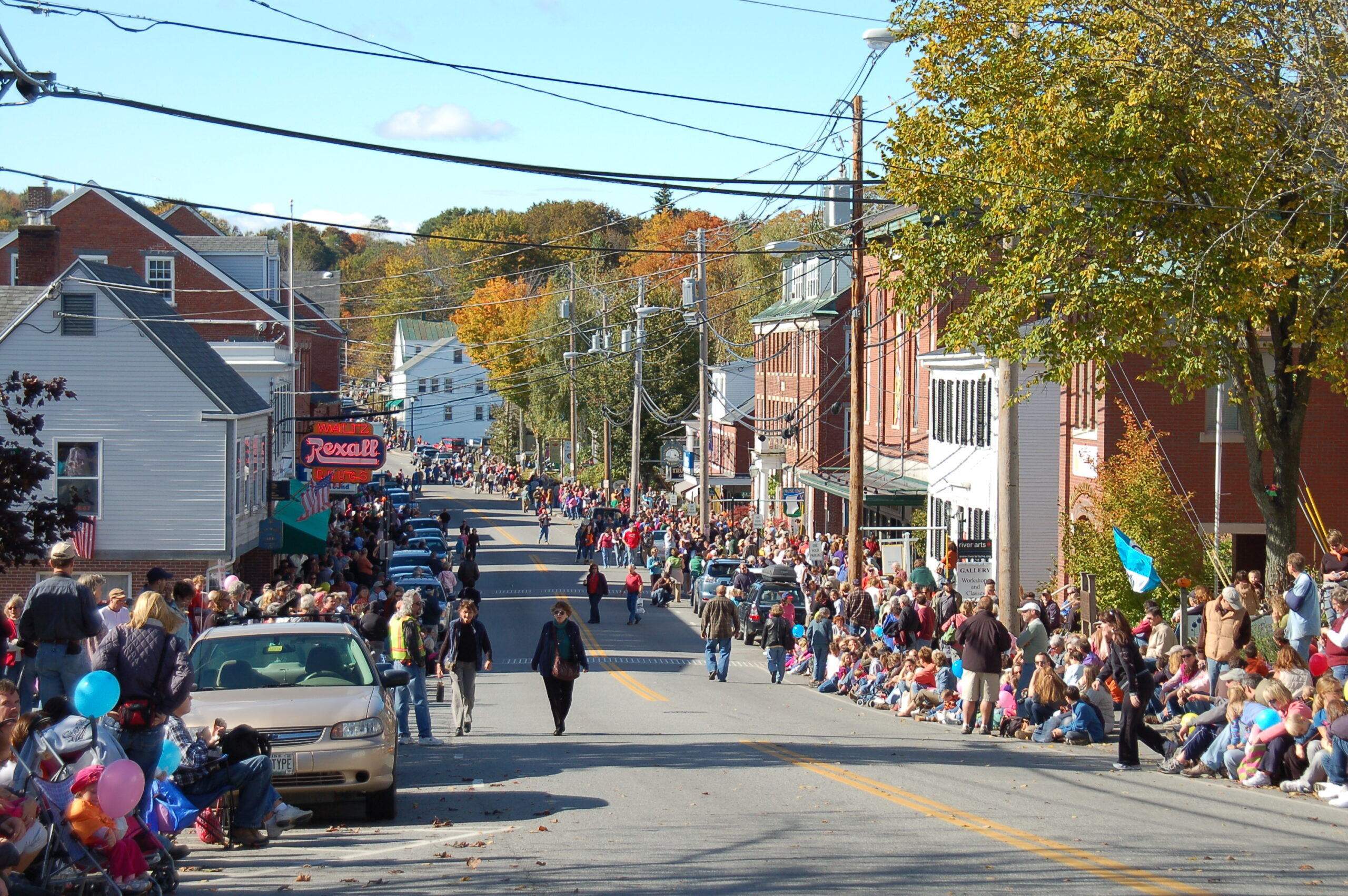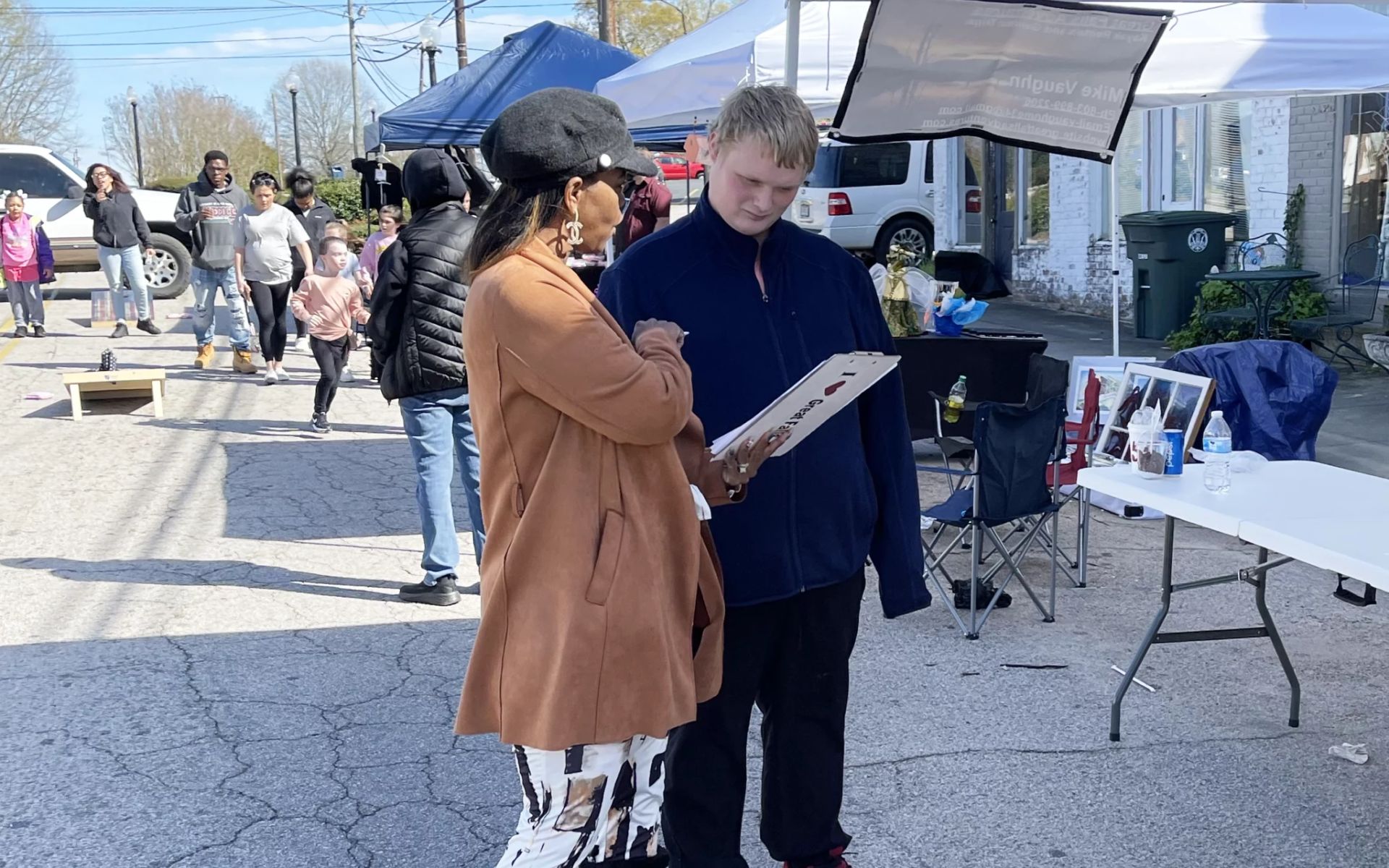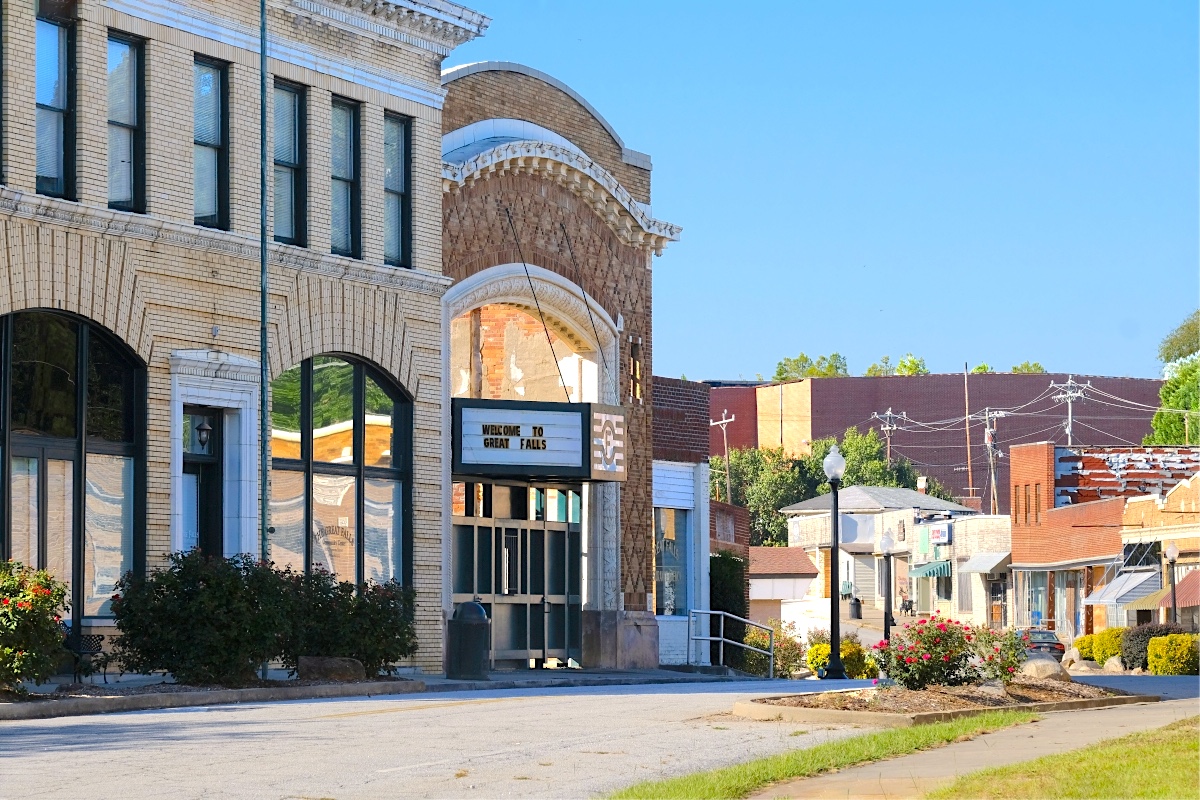Top Tips for Inclusive Community Engagement

#1 There is no such thing as the “general public”.
Know who your community is (demographics, stakeholders, networks) and how they get their information. This knowledge is the foundation for how you will design community engagement activities and communicate about your project.
#2 Keep your “promise” to community members.
Be clear about how resident input will be used and show how that information shaped project results.
#3 Go to the people.
Change up how you gather community input. Go to where people hang out whether it is a
physical gathering space, like a coffee shop or community center, or a “virtual” space like Facebook or online neighborhood forums.
#4 Spread the word.
Create a communications strategy that includes project branding, messaging and tactics for talking about your project effectively.
#5 Ask for people’s personal story.
Encourage people to express their experiences and opinions in their own words first. Don’t
expect them to understand “plannerese” or technical jargon.
#6 Understand local power dynamics.
Design project activities in a way that provides dignity to everyone and offers a safe space to air concerns.
#7 Engage around interests.
Sometimes you have to participate in community issues that matter to others before making a connection to your own project.
#8 Think about the details.
When you hold a community event think through how you can make it more inclusive (e.g.
time, location, child care, transportation, food, translators, facilitators).
#9 Use technology … if it’s a fit.
There are many great high tech and low tech ways to engage people so pick strategies that are a fit with whom you are trying to reach.
#10 Make it fun!
When you bring people together for a project discussion, think about how you can make it a social opportunity too.




